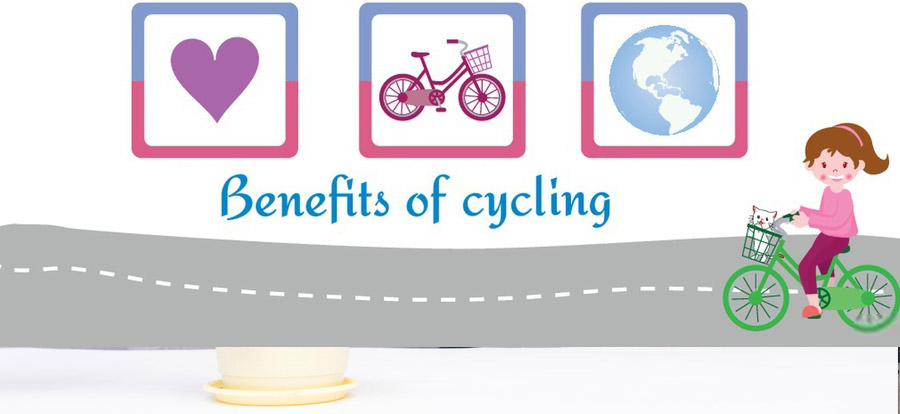The Pilates method as “Personalized” Training in cycling improves Physical, Postural, and mental conditions.
Cyclists who include the Pilates Method in their routine training significantly improve strength in all its manifestations (maximum, explosive, endurance), agility, flexibility, and balance. That is why a Pilates session two or three times a week is highly recommended to complement the cyclist’s usual training.
The Pilates Method consists of physical conditioning with exercises designed to strengthen and tone the muscles, improve and correct posture, increase flexibility and balance and increase concentration. In addition, an increase in physical endurance (learning to accumulate an important energy reserve) and a good mind-body balance is achieved, which provides cyclists with greater performance with minimal physical and mental wear. Important conditions to face, above all, long distance races.
Breathing is another notable element in Pilates. The method exercises breathing steadily and consciously, looking for an increase in the oxygenation of the body in moments of competition and high performance, helping in a strict control of breathing.
The central part of the body (trunk and upper extremities) is a clear and main objective of training with the Pilates Method. Rob Kopitzke, a sports professional, points out in an article written by Endel Man in 2007, that “Cyclists who have a Central Strong Zone are more efficient and aerodynamic”. In the same way, it is proven that coaches who complement their training programs with the Pilates Method are able to increase performance and prevent injuries in their athletes.
Posture is a clear objective when developing Pilates training as a complement to any sport practice. In cycling, a correct posture on the bicycle is essential to improve performance, to prevent injuries and to achieve an optimal pedaling frequency. Pilates will help the cyclist to develop the proper posture during cycling and in his daily life, and to perform the usual movements correctly without making efforts, avoiding tensions and contractures.
Injury prevention:
The injuries caused by falls (shoulders and thumb), can be minimized by acquiring a greater concentration with the usual practice of exercises that induce to achieve this concentration easily and spontaneously and extreme precaution.
Overload injuries in joints (wrists, knees) and muscles can be avoided and treated with Pilates exercises that strengthen and lengthen the affected area and the entire muscle group.
Injuries or discomfort caused by an improper posture on the bicycle (regions of the spine, lower back, neck pain), can be prevented with exercises that strengthen and work the articulation of the cervical area to improve postural strength and reduce neck hypertension.
Injuries and discomfort in arms and legs will be prevented by stretching and strengthening the muscle groups involved.
The objectives of the Pilates Method to complete the training of cyclists are:
Develop a strong and fibrous physique to increase resistance and to accumulate energy.
Develop a correct posture on the bike to avoid injuries and improve performance.
Achieve a correct alignment, correcting the vertebral curve (kyphosis or, commonly, hunchback), thus softening the pain in the cervical, dorsal and lumbar area.
Strengthen, enhance, stabilize and stretch the muscle groups that intervene in pedaling, quadriceps, hamstrings, glutes, calves, knee extensors, hip flexors and also the muscle groups that act as trunk stabilizers, abdominals (rectum, oblique and, mainly, transversal) lumbar, pelvic floor and the multifidus.
Develop strength in the arms and torso to face the stages in which the cyclist must stand and support his weight on the handlebars.
Correct muscle imbalances. If the cyclist uses the quadriceps, he will have to work the hamstrings and the outer and inner thigh muscles to compensate and stabilize the legs and to keep the knee and hip joints in line.
Improve balance by minimizing the risk of falls.
Increase the recovery capacity of tired legs, through the practice of exercises that improve and facilitate venous return.
Develop a breathing system that clears the lungs of impurities and increases resistance.
It is fundamental: Create a STRONG “ENERGY CENTER” (Straight abdomen, oblique, transverse abdomen, pelvic floor, diaphragm, glutes, psoas and multifidus – main stabilizing muscles of the trunk and lower extremities.)
Discover more from Pilates All Ages
Subscribe to get the latest posts sent to your email.
